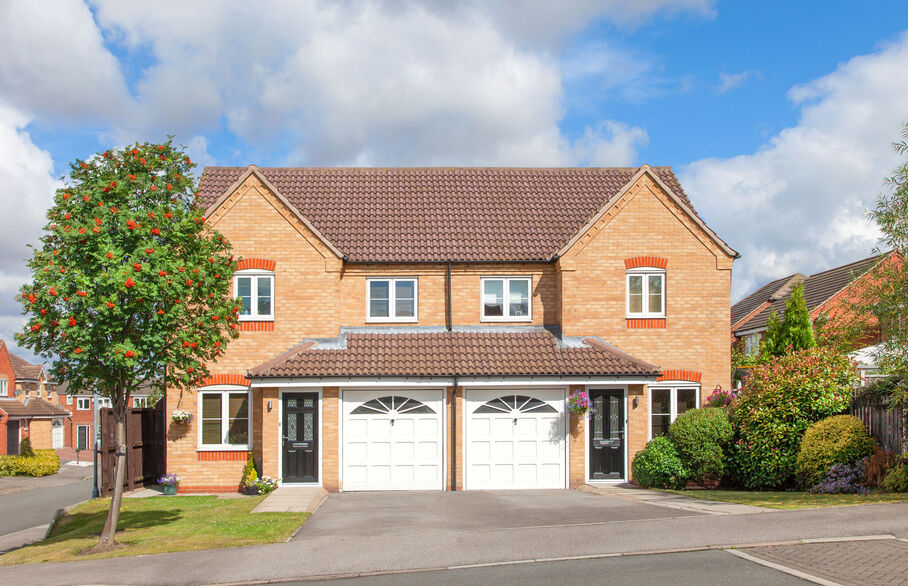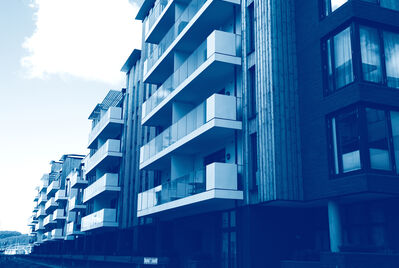
Roofs are built to last and shouldn't require too much maintenance, but it's always best practice to monitor your roof and act before significant damage occurs.
We recommend you inspect your roof from the outside twice a year at the least, and immediately after adverse weather or storms.
Cracks or missing tiles are a serious issue as they can leave your property vulnerable to water leaks. You should always have a professional undertake repairs as soon as possible.
If you let your property with Reeds Rains and are on a fully managed plan, we'll be checking your property's roof during our periodic visits on your behalf.
What causes roof tiles to deteriorate?
You can expect your average tiled pitched roof to last up to 100 years, and clay and concrete around 50 to 60 years. However, their lifespans can vary due to a number of factors.
- Harsh weather conditions - Both extreme heat and cold can cause weathering, not to mention wind and rain can damage roof tiles, or even dislodge them.
- The angle of the roof - Higher-pitched roofs tend to last longer as less stress is applied to the tiles.
- Sunlight - Sunlight causes weathering, so south facing roofs tend to age faster.
- A lack of loft ventilation - Loft ventilation issues can lead to moisture buildup, which could lead to roof tile damage.
- Human error - Tiles can be very easily cracked by accident, which is why we recommend employing a professional to undertake work.
Maintaining a flat roof
Flat roofs are generally built of fibreglass, felt or rubber, which all tend to last 20 to 30 years.
As with tiled roofs, flat roofs and guttering should be checked at least twice a year. They can be easier to clean than pitched roofs as you can clear them with a sweeping broom.
Signs of potential issues with a flat roof include:
- Cracks and blistering - This occurs when water becomes trapped underneath the roof and expands.
- Standing water - Indicates that the roof may be sagging in areas where water is pooling.
- Membrane coating shrinkage - The edges of the membrane coating can shrink and lead to damage.
When you spot a potential issue with your roof, it's best practice to get it fixed now before more serious damage can occur.
In all cases, we recommend having a contractor repair the roof as soon as possible.
Are you concerned about keeping your rental property in a good condition during tenancies? Our fully managed landlords can rest easy knowing their property is in good hands.
Speak with your local lettings experts today to find out how we can help with your investment.

Reeds Rains E-marketing Executive



